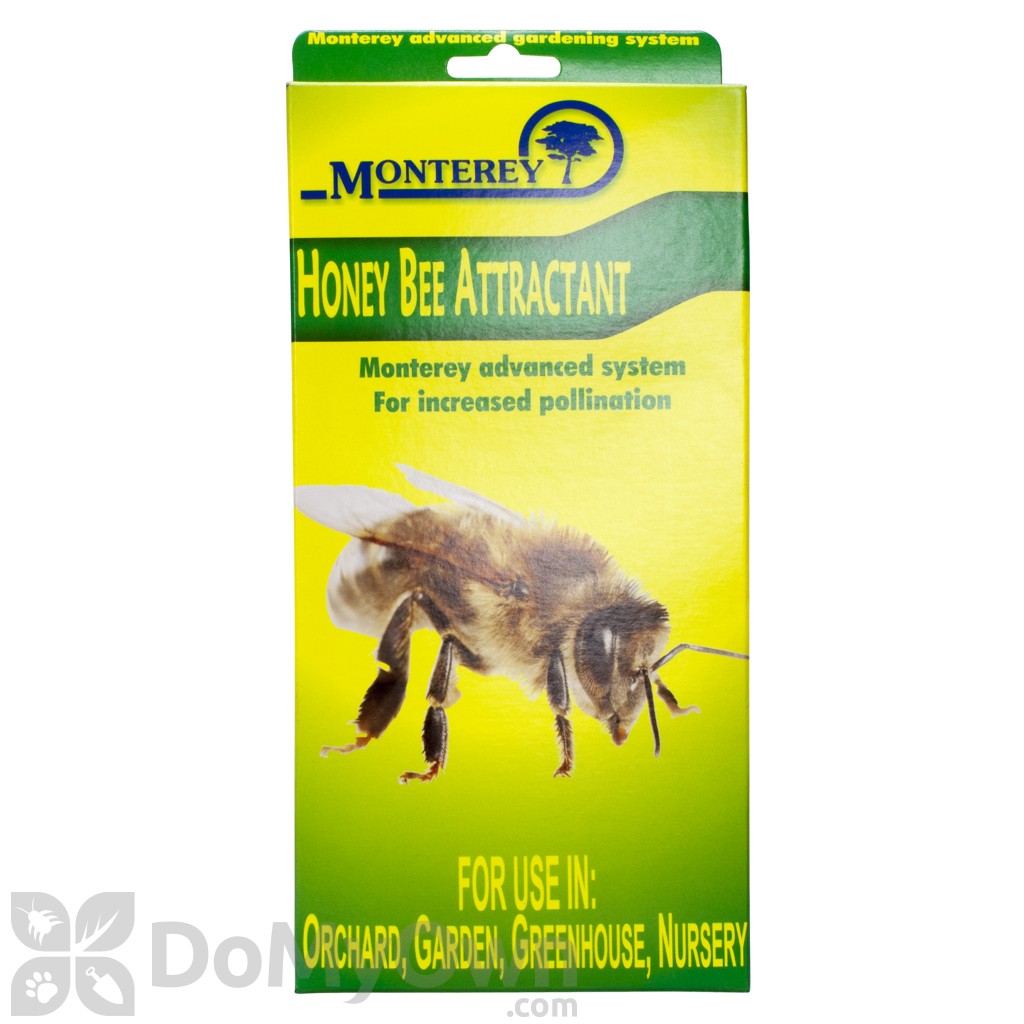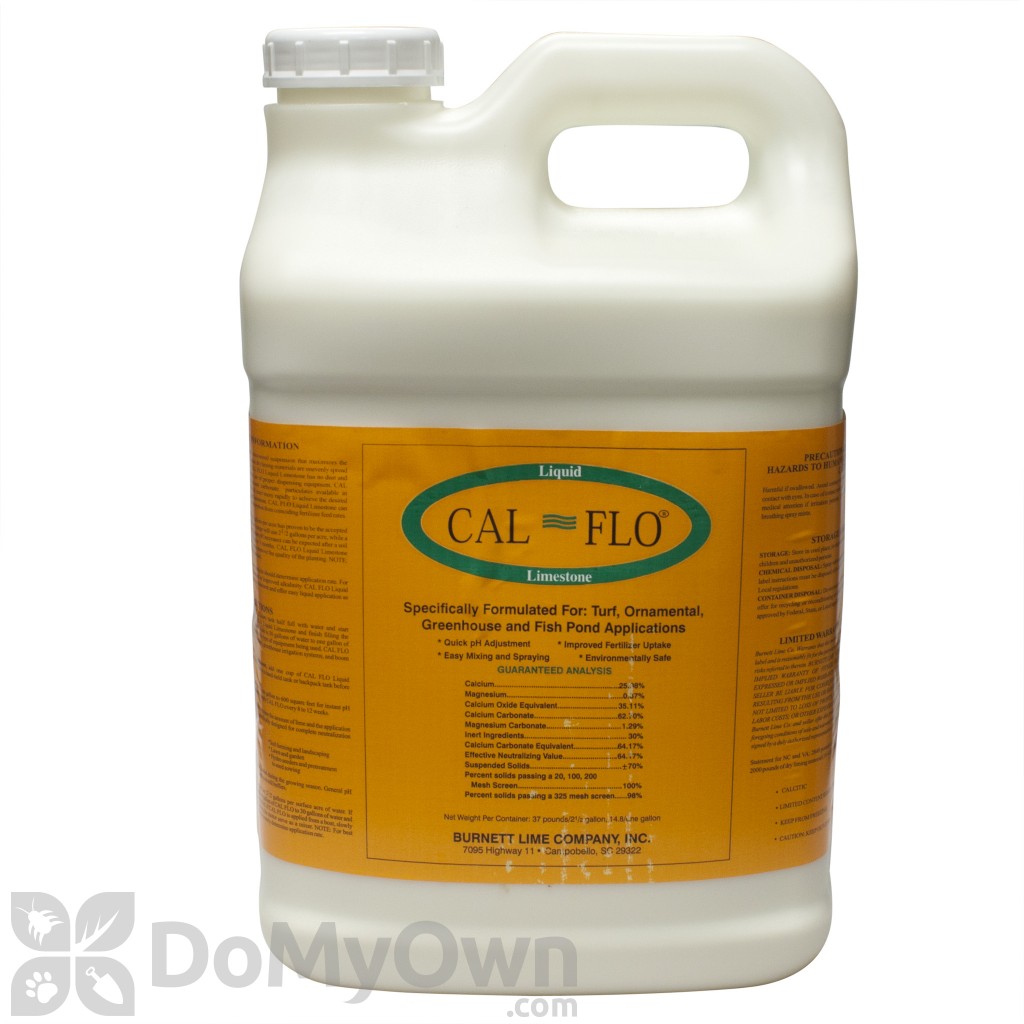Sunscald –

Appears when the fruit is exposed to direct strong sunlight, after being in the shade for an extended period of time.
Reduce the intensity of the sun, by net shading, when the fruits reach the right size, or encourage good leaf growth.





Cracking and splitting –

The main factor that causes fruit cracking in tomatoes, melons, grapes and apples, is excess moisture in the soil, whether due to watering or rain.
High water pressure coming from the root system causes cracks in the fruits.
If after the humid period comes dry days, it is likely that the cracking problem will worsen.
The higher the amplitude of humidity, the higher the risk of cracking.
Lower the quantities, or frequency of the irrigation.



Cat facing –

A physiological disorder of tomatoes, that results in gross deformity.
The bottom of the tomato is distorted. That happens more with the heirloom and beefsteak varieties.
The cause is weather conditions that interfere with proper pollination and fruit development.
During pollination, protect your tomato plants from temperature extremes by covering them with shade netting.
Honeybees or bumblebees also increase pollination and contribute to symmetrical and beautiful fruits.





Blossom end rot (BER)-

A common garden problem that is often caused by a lack of calcium and/or uneven watering.
It occurs on both green and ripe fruits of tomato, pepper and watermelon.
For prevention:
1) maintain consistent levels of moisture in the soil
2) prevent calcium deficiency with the proper fertilizer.
Calcium sometimes finds it difficult to move from the roots to the fruits.
A deficiency of calcium in an embalming flower (after pollination) will cause blossom end rot, a few weeks later in the fruit.
Yes, this is how early calcium deficiency affects BER.
So, lack of irrigation, as early as in the flower stage, can cause blossom end rot, in the fruit later on.
Spraying liquid calcium fertilizer is recommended, if the previously mentioned solutions do not work.
It is recommended to try a foliar spraying of Calcium.

The leaves will absorb the calcium immediately, and hopefully will transport it to the “new soon to be fruits”, more efficiently.
Determinate tomato varieties usually only produce one tomato harvest in a season, so spray once or twice a week for 3 weeks.
The first spray should be in the very early crucial stage when the flower becomes a fruit (fruit embalming).
In case you are growing Indeterminate varieties of tomato plants, that can bear fruits more than once, (producing fruit until frost) you should spray every week.
The dosage is around 1 oz of calcium fertilizer per 8 gallons of water (1cc of calcium fertilizer per 10L of water).
If that spraying calcium does not work either, you can try to change the variety you grow to another similar one.
Maybe the variety is too sensitive to the conditions in your soil.


oedema –

It is a greenhouse disease caused by very high humidity which counters the plant’s ability to secrete moisture from its leaves.
The stomates rupture and a formation of numerous small, water-soaked blisters appear mainly along the veins of the undersides of leaves.
These blisters will erupt forming brown, corky growths.
In order to stop or avoid it, lower the humidity level.
Temporarily reduce the amount of water given in irrigation.
With greenhouse crops it is recommended to try and improve the air flow, this action along with opening curtains in closed greenhouse will reduce the amount of time the foliage is wet.


You might also like to read these articles:
- How to Grow Eggplants: A Guide to Growing, Harvesting, and Enjoying this Versatile Vegetable
- Growing Potatoes: A Step-by-Step Process guide
- Preventing and Treating Damping Off in Seedlings
- Sweet Success: A Guide to Growing Juicy Strawberries in Your Garden
- Growing Corn: Tips for Choosing the Right Variety and Achieving Healthy Growth
- How can I control pests and diseases in my garden?
- Effective Control Methods for Japanese Beetles and Grubs in Your Garden
- How to treat Septoria leaf spot disease
- How Mycorrhizae Can Help Your Plants Thrive
- Nematode Ecology & Management in Agriculture
- Desert Wonders: Cultivating Beautiful Cactuses
- How to get rid of ants in the house fast











This is my first time pay a visit at here and i am in fact happy to read all at
single place.